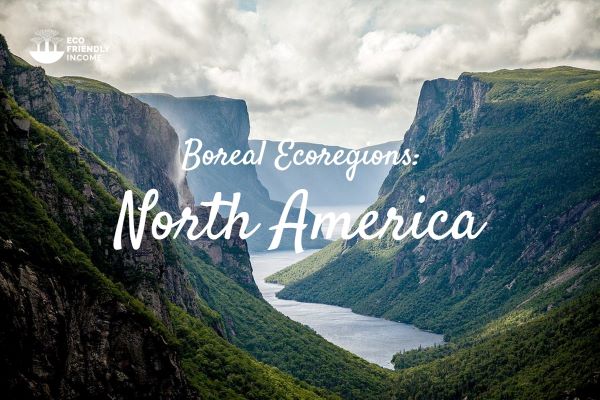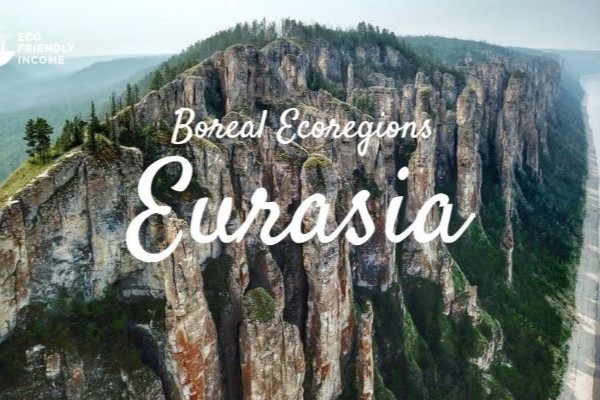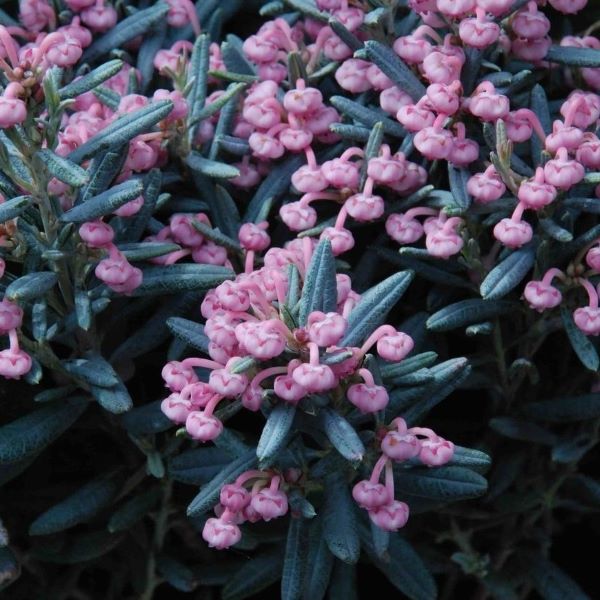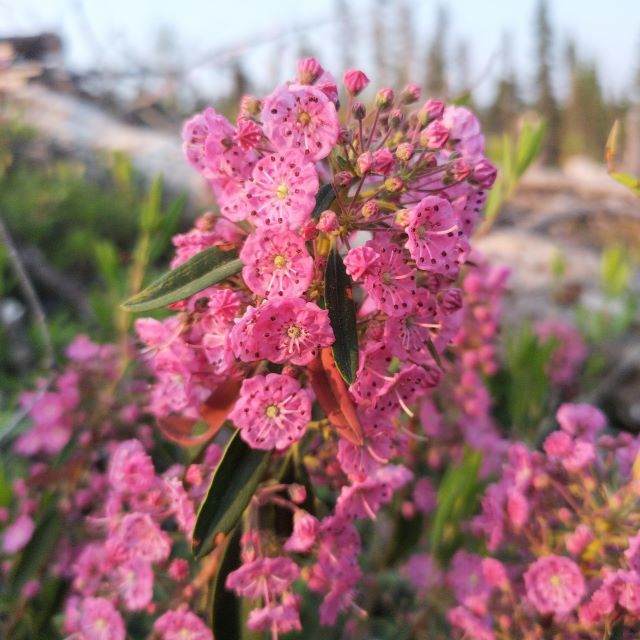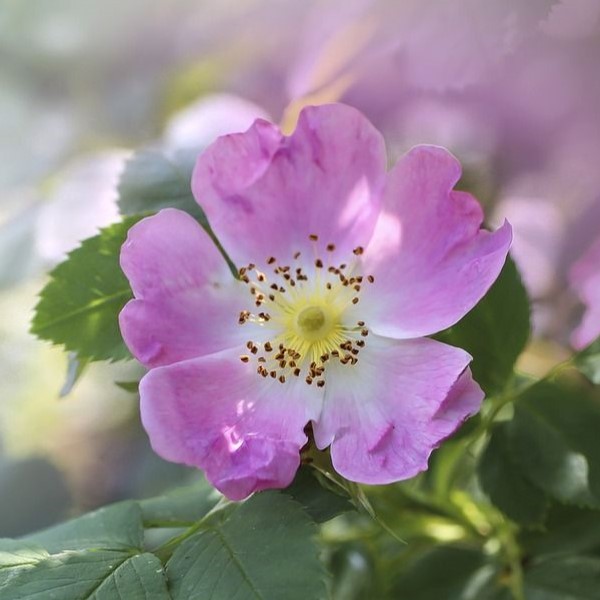- World Boreal Forests -
Shrubs
This subsection contains a list of shrubs found growing naturally within the boreal ecoregions of Canada, Alaska, Siberia, Scandinavia & Iceland.
Welcome to our Boreal Forest Shrub Index, where we laid out the diversity of shrub families found in the vast northern forests.
Below, you will find the world's boreal ecoregions with concise maps: 22 zones in North America and 11 zones in Eurasia. Each plant in our index carries a number which you can use to locate its boreal ecoregion habitat range.
Additionally, any plant we have written about carries a link on its respective image to a in-depth article on how to identify and propagate it (seed and cutting).
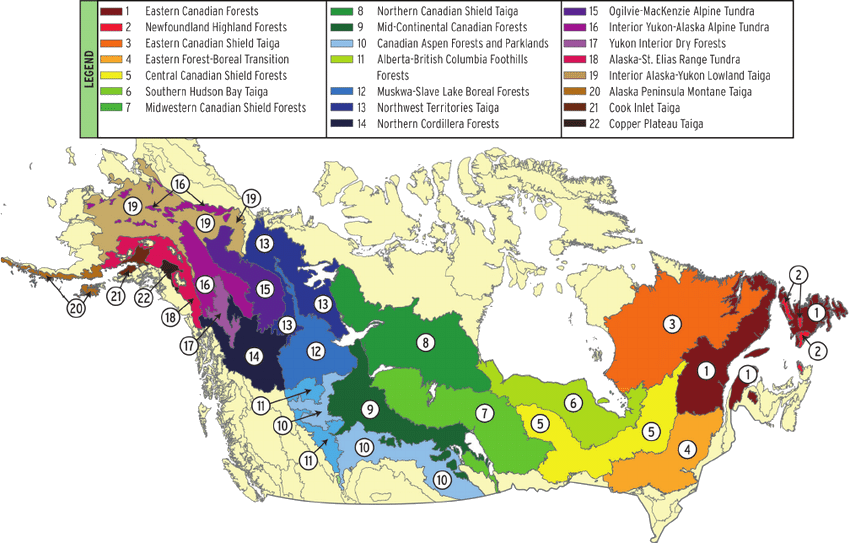
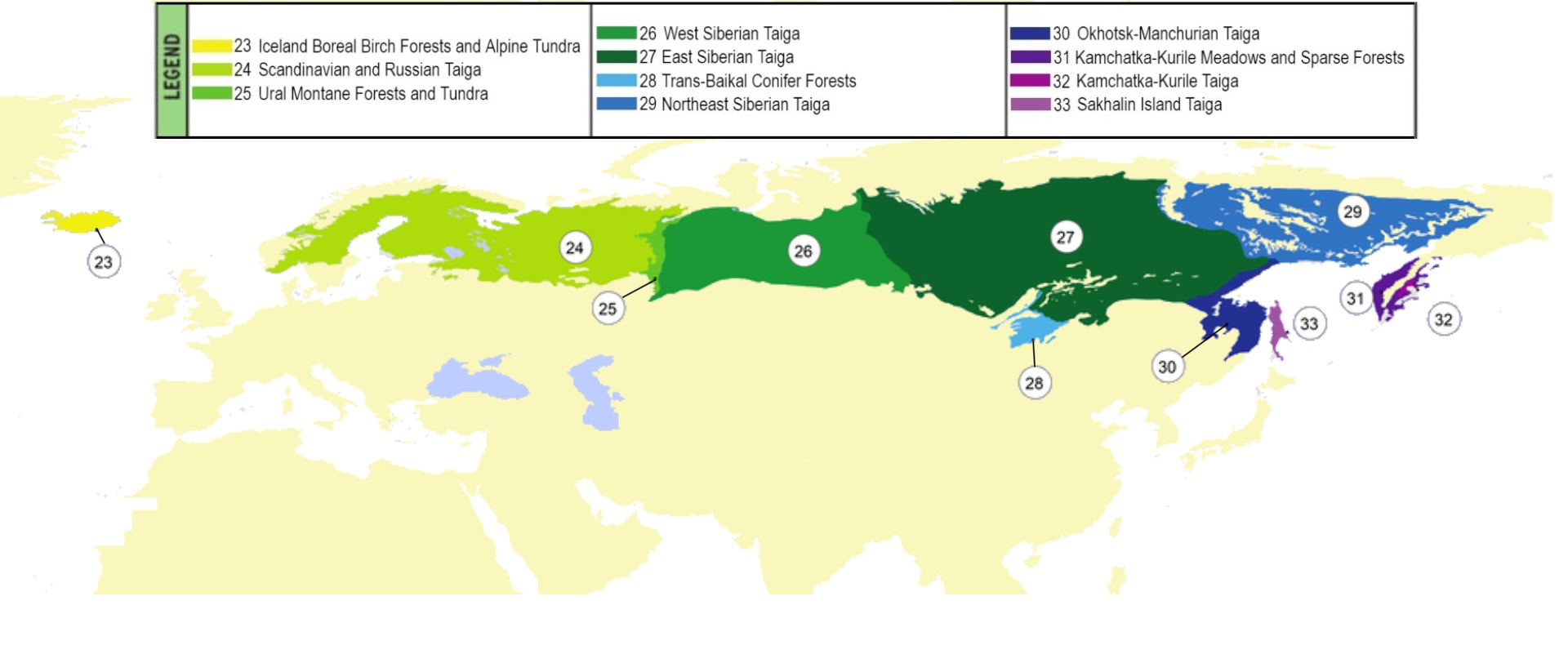
Ecoregions are a concept brought to us by the WWF. It separates the world map by regions of ecological similiarties rather than by political or cultural borders. It is quite an interesting concept, and we have written a few articles about it below:
What Characterizes a Shrub?
Shrubs are characterized by their shorter stature, typically branching close to the ground. Unlike trees, shrubs lack a single dominant trunk and often have multiple stems. While they share the perennial lifespan of trees, shrubs usually exhibit limited secondary growth and may not develop a woody structure as robust as that of trees. Shrubs contribute to the boreal ecosystem with their diverse forms, providing habitat and food sources for various wildlife species.
Iconic Shrubs You'll Find in the Index
FAQ
A: Shrubs are typically shorter and lack a single dominant trunk. They often have multiple stems and may not develop as extensive woody structures as trees.
A: Shrubs contribute to biodiversity by providing habitat and food sources for wildlife. They play a crucial role in the understory, supporting various species.
A: Some of the most common shrubs in the boreal forests are Labrador Tea (Rhododendron groenlandicum), Lowbush Blueberry (Vaccinium angustifolium), Creeping Snowberry (Gaultheria hispidula), and Fireweed (Epilobium angustifolium).
A: Shrubs in the boreal forest often exhibit adaptations such as needle-like leaves, which reduce water loss, and a preference for acidic soils common in this region.
"I hope the concept of ecoregions sparks your curiosity as it has for me, I think its a wonderful way to see the globe. I'd love to travel to every one of these ecoregions to visit the parks and find all the interesting plant life."
Pascal Yan

